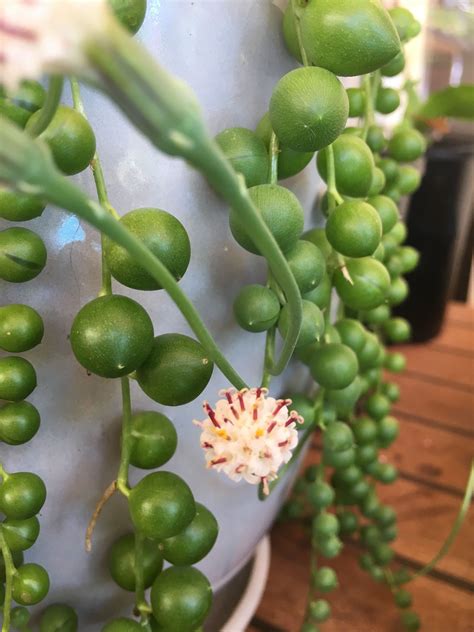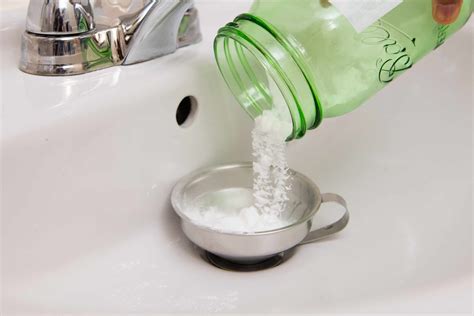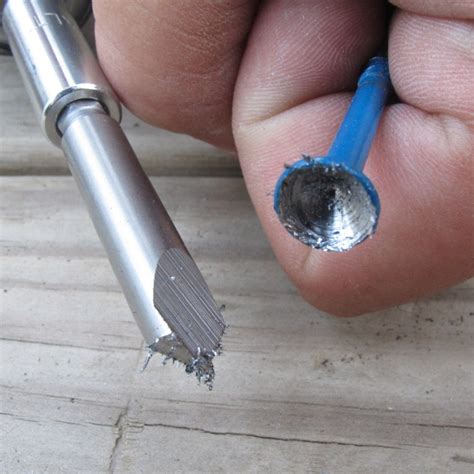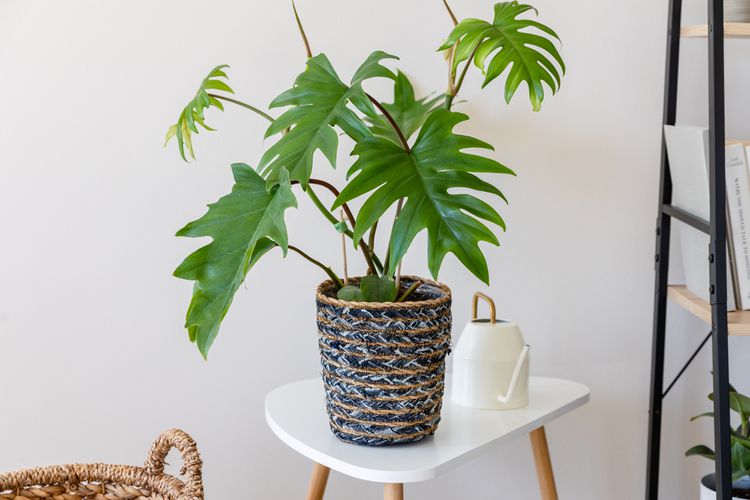
String of Pearls (Senecio rowleyanus), also known as String of Beads or String of Peas, is a unique and visually stunning succulent plant that adds a touch of elegance to any indoor or outdoor space. With its cascading strands of small, round leaves resembling a string of pearls, this plant is a favorite among succulent enthusiasts. In this guide, we will explore the essential care tips and techniques to help you successfully grow and maintain a healthy String of Pearls plant.
String of Pearls Care
Light
String of Pearls plants thrive in bright, indirect light. Place them near a window where they can receive several hours of bright, filtered sunlight each day. Avoid placing them in direct sunlight as it can scorch their delicate leaves.
Soil
Use a well-draining soil mix specifically designed for succulent plants. A mixture of regular potting soil and perlite or pumice works well. This type of soil allows excess water to drain away, preventing the roots from sitting in water and becoming waterlogged.
Water
String of Pearls plants have low water requirements due to their succulent nature. Allow the soil to dry out between waterings to prevent overwatering, which can lead to root rot. Water the plant thoroughly and then let the soil dry before watering again. During the winter months, reduce watering frequency as the plant enters a period of dormancy.
Temperature and Humidity
String of Pearls plants prefer moderate temperatures ranging from 60°F to 80°F (15°C to 26°C). They can tolerate slightly cooler temperatures during the winter, but it’s best to keep them away from cold drafts. They also prefer average to high humidity levels, so consider placing a humidifier near the plant or misting the leaves occasionally.
Fertilizer
Feed your String of Pearls plant with a balanced, water-soluble fertilizer formulated for succulents. Apply the fertilizer according to the package instructions during the spring and summer growing seasons. Avoid over-fertilization, as it can cause leaf burn and other growth issues.
Types of String of Pearls Plant
There are several varieties of String of Pearls plants, each with its own unique characteristics. Some popular types include:
- Senecio rowleyanus ‘String of Pearls’: The classic variety with round, bead-like leaves.
- Senecio rowleyanus ‘Variegatus’: A variegated variety with leaves that have white or cream-colored markings.
- Senecio rowleyanus ‘Curio rowleyanus’: A hybrid variety with larger, more elongated leaves compared to the standard String of Pearls plant.
Pruning
Pruning is not typically necessary for String of Pearls plants. However, you can trim the plant to control its size or promote bushier growth. Use clean, sharp scissors or pruning shears to carefully trim the stems. You can also remove any dry or yellowed leaves to maintain the plant’s appearance.
Propagating String of Pearls Plant
String of Pearls plants can be propagated through stem cuttings. Here’s a step-by-step guide:
- Select a healthy stem with several sets of leaves.
- Cut the stem just below a set of leaves using clean, sharp scissors or pruning shears.
- Allow the cutting to dry for a few days until the cut end calluses over.
- Prepare a well-draining soil mix in a small pot.
- Insert the callused end of the cutting into the soil, burying it about an inch deep.
- Keep the soil lightly moist and place the pot in a warm, bright location.
- After a few weeks, the cutting should start developing roots.
- Once the roots are established, treat the new plant as you would a mature String of Pearls plant.
How to Grow String of Pearl Plant From Seed
Growing String of Pearls plants from seeds can be a bit challenging and time-consuming. If you’re up for the task, here’s what you need to do:
- Obtain fresh String of Pearls seeds from a reputable source.
- Prepare a well-draining soil mix in a shallow tray or small pots.
- Moisten the soil slightly and sprinkle the seeds evenly on the surface.
- Press the seeds gently into the soil, but do not bury them too deep.
- Cover the tray or pots with a clear plastic dome or plastic wrap to create a greenhouse-like environment.
- Place the tray or pots in a warm, bright location away from direct sunlight.
- Keep the soil consistently moist but not soggy. Mist the surface with water if it starts to dry out.
- Germination can take several weeks to months. Once the seedlings have grown a few sets of leaves, you can transplant them into individual pots.
Potting and Repotting String of Pearls Plant
When potting or repotting a String of Pearls plant, follow these steps:
- Choose a pot with drainage holes that is slightly larger than the current pot.
- Fill the new pot with a well-draining succulent soil mix.
- Gently remove the plant from its current pot, being careful not to damage the delicate roots.
- Place the plant in the new pot and add additional soil around it, firming it gently to provide stability.
- Water the plant thoroughly and allow any excess water to drain away.
Overwintering
String of Pearls plants are sensitive to cold temperatures and should be protected from frost. During the winter months, move the plant to a warmer location indoors, away from drafts and cold windows. Reduce watering frequency and allow the soil to dry out more between waterings, as the plant’s growth slows down during this time.
Common Pests
While String of Pearls plants are generally resistant to pests, they can occasionally encounter common succulent pests such as mealybugs and spider mites. Monitor your plant regularly and take prompt action if you notice any signs of infestation. Treat the affected plant with an appropriate organic pest control solution or isolate it from other plants to prevent the infestation from spreading.
How to Get String of Pearls Plant to Bloom
String
of Pearls plants can produce small, white, star-shaped flowers under the right conditions. To encourage blooming:
- Provide adequate sunlight: Place your plant in a location where it can receive bright, indirect light for several hours each day.
- Maintain proper care: Ensure that you are providing the correct light, water, temperature, and fertilizer requirements for your plant.
- Be patient: String of Pearls plants typically bloom during the warmer months, so allow enough time for the natural blooming cycle.
Common Problems With String of Pearls Plant
Here are a few common problems you may encounter while growing a String of Pearls plant:
Shriveling Leaves
Shriveling leaves are usually a sign of underwatering. Check the soil moisture and adjust your watering schedule accordingly. Ensure that you are providing enough water to keep the soil lightly moist, but not saturated.
Yellowing or Graying Leaves
Yellowing or graying leaves can indicate overwatering or poor drainage. Allow the soil to dry out more between waterings and ensure that the pot has proper drainage to prevent waterlogged roots.
Mushy Stems and Leaves Turning Purple
Mushy stems and leaves turning purple can be a sign of root rot caused by overwatering or poor drainage. If you notice these symptoms, it’s crucial to address the issue promptly. Remove the affected parts and repot the plant in fresh, well-draining soil.
In Conclusion
Growing and caring for a String of Pearls plant can be a rewarding experience. By following the tips and guidelines provided in this guide, you’ll be well on your way to cultivating a healthy and thriving String of Pearls plant. Enjoy the beauty and unique charm this succulent brings to your indoor or outdoor space!






